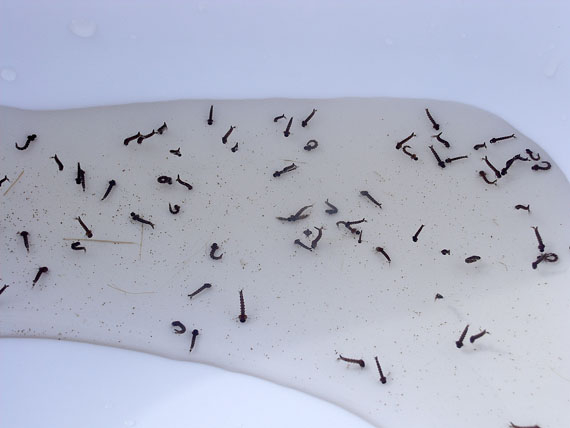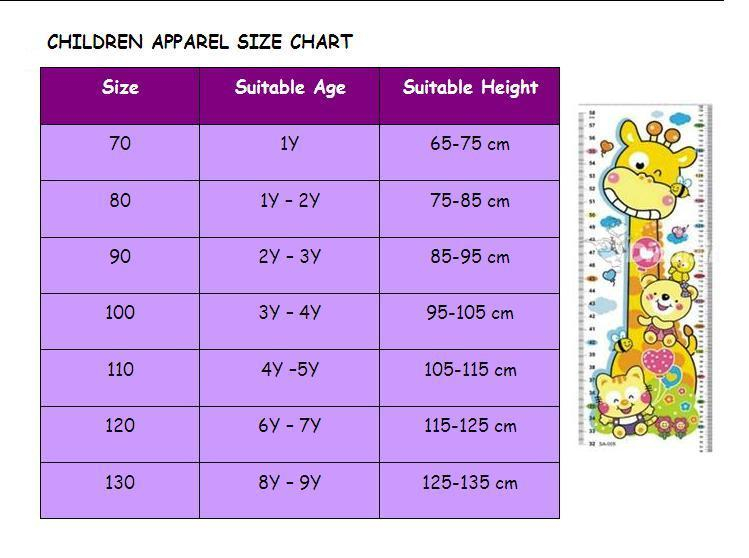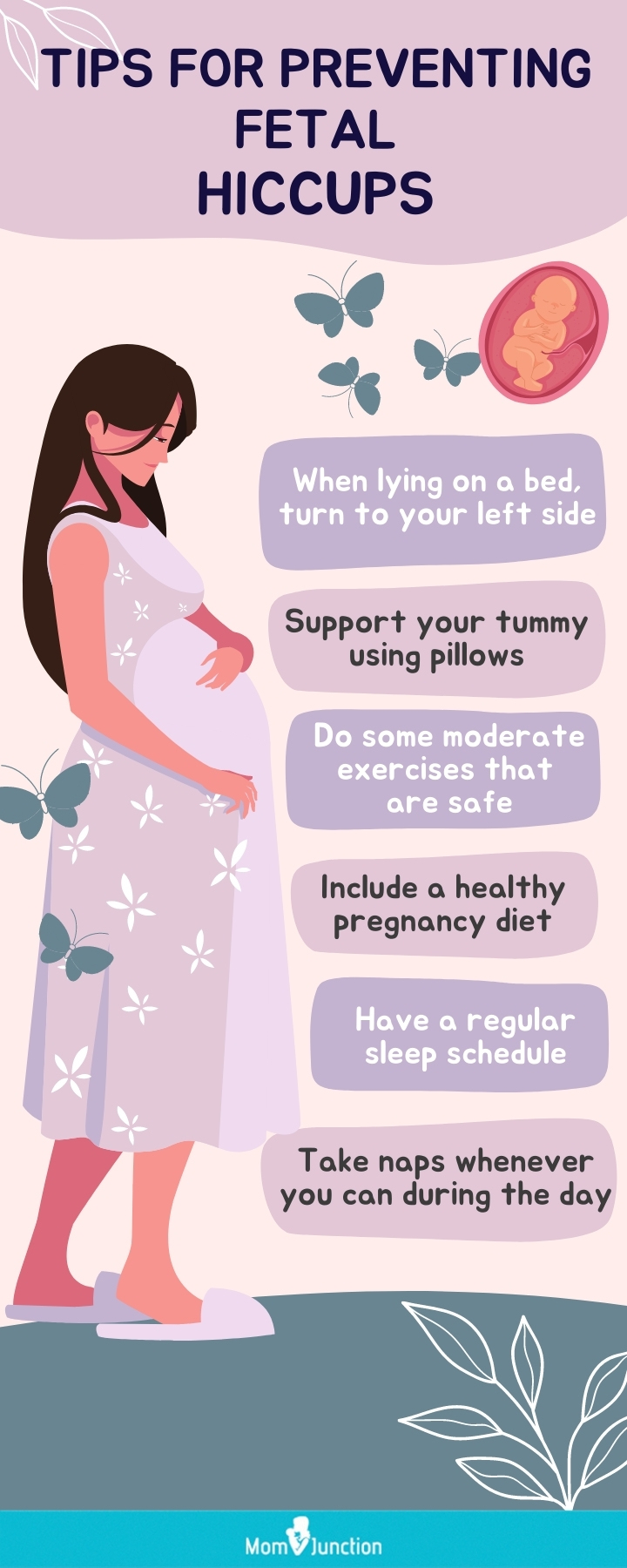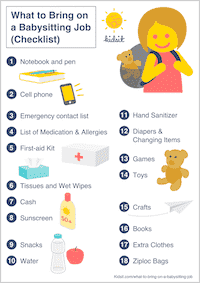What Do Baby Mosquitoes Look Like
Are you curious to know what baby mosquitoes look like? Understanding the appearance of these tiny insects can help you identify and take necessary precautions to protect yourself from their bites. In this comprehensive guide, we will delve into the world of baby mosquitoes and shed light on their unique characteristics.
Knowledge
When it comes to baby mosquitoes, also known as larvae, they have a strikingly different appearance compared to adult mosquitoes. These tiny creatures are usually found in water bodies such as ponds, marshes, and even in small containers like buckets or flower pots. Baby mosquitoes are aquatic insects and spend the early stages of their life in water.
Baby mosquitoes are typically small in size, ranging from a few millimeters to a centimeter in length. They have a slender body with a distinct head and thorax, followed by a series of abdominal segments. One of the most recognizable features of baby mosquitoes is their breathing tube, known as a siphon, which they use to breathe air while submerged in water.
Unlike adult mosquitoes, baby mosquitoes do not have wings, and they move around in water using a wriggling motion. Their body is translucent or whitish in color, allowing them to blend seamlessly with their aquatic environment. As they grow and develop, baby mosquitoes go through several molting stages, shedding their skin to accommodate their increasing size.
Baby mosquitoes are voracious feeders and primarily subsist on organic matter and microorganisms present in water bodies. They play a crucial role in aquatic ecosystems by serving as a food source for other organisms. However, they can also pose a nuisance to humans by developing into adult mosquitoes that feed on blood.
It’s important to note that baby mosquitoes require stagnant or slow-moving water to thrive. By eliminating standing water around your home, you can reduce the breeding grounds for mosquitoes and minimize the risk of mosquito-borne diseases.
Conclusion
In conclusion, understanding what baby mosquitoes look like can help you identify and mitigate the presence of these insects in your surroundings. By taking proactive measures to eliminate standing water and reduce mosquito breeding sites, you can protect yourself and your family from the nuisance and potential health risks associated with mosquitoes.
Overall, this information is beneficial for individuals who want to enhance their knowledge of mosquitoes and adopt effective strategies for mosquito control. By staying informed and vigilant, you can create a safer and more comfortable environment free from the threat of mosquito-borne diseases.






